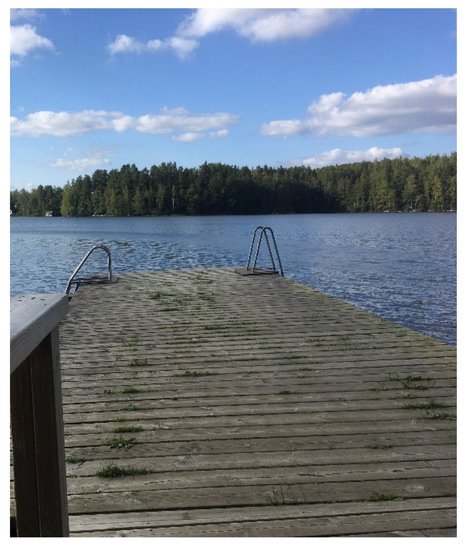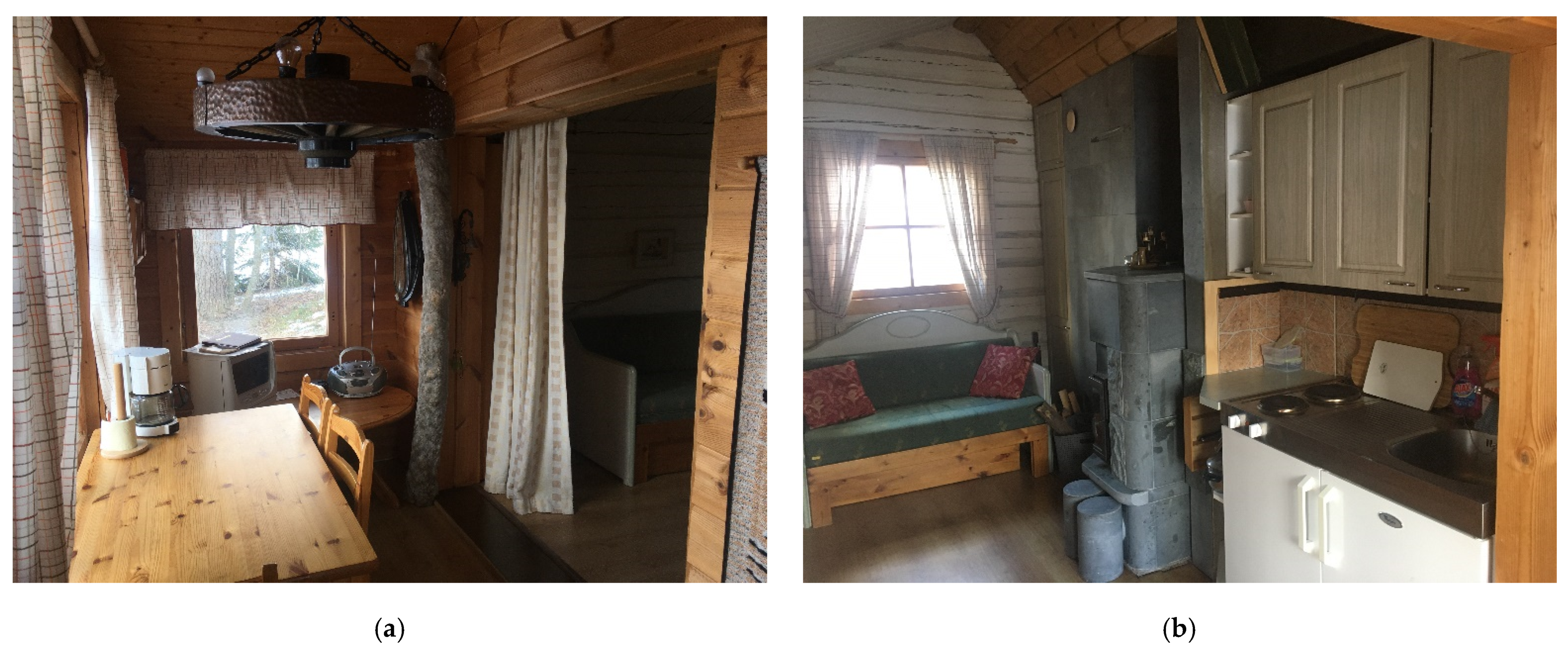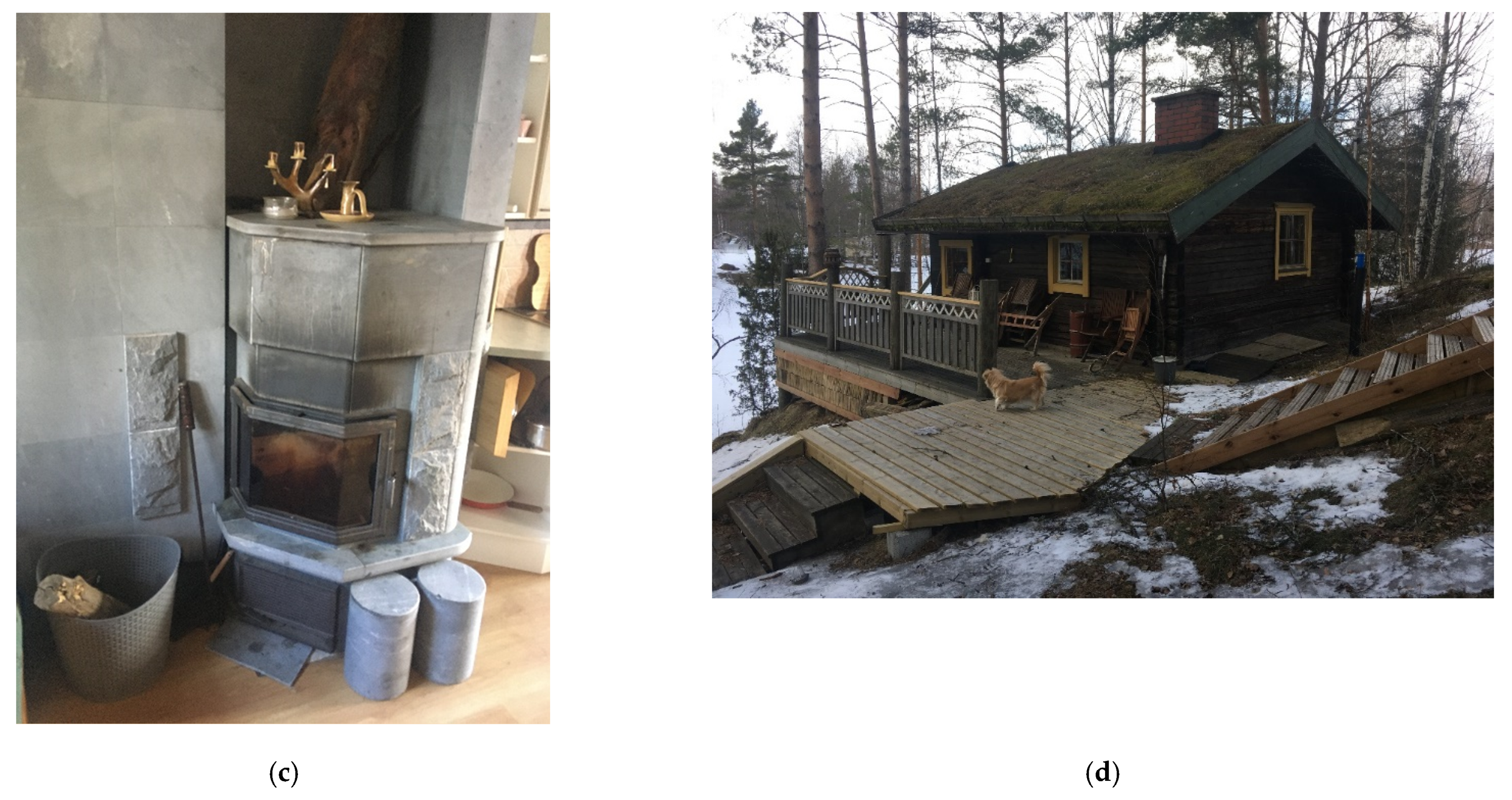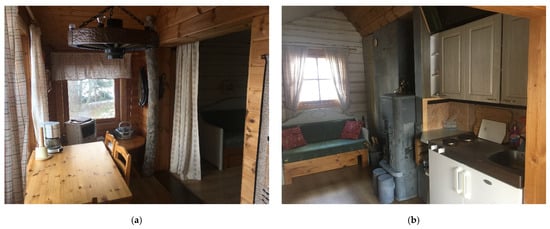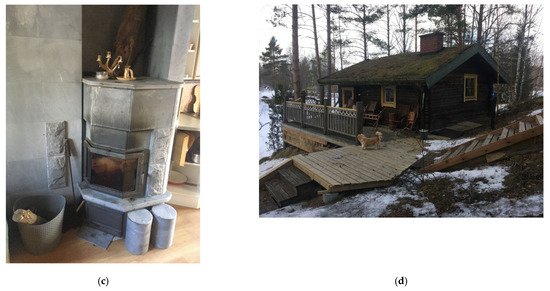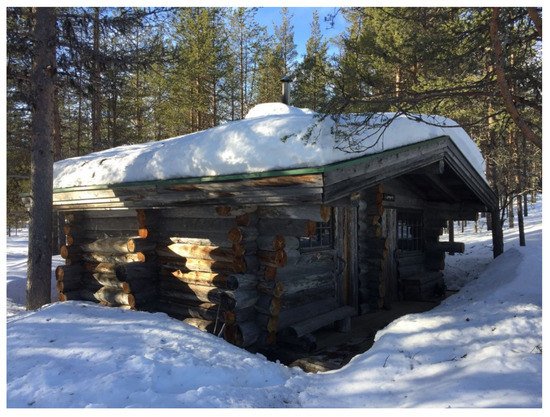This entry provides an understanding of the past, present, and future of the Finnish cottage culture to create an overall picture of its development trajectory and its terminology, e.g., villa, in this context denoting a second home. Convenient, ready-made solutions, easy maintenance, a high level of equipment, year-round use, location, and modern and simple architectural styles are important selection criteria for (summer) cottages that belonged only to the wealthy bourgeois class in the 19th century and have taken their present form with a major transformation in Finland since then. Additionally, municipal regulations and increased attention to ecological concerns are other important issues regarding the cottage today. Cottage inheritance has changed over the generations, and the tightening of building regulations and increased environmental awareness are key drivers of the future transformation of cottage culture. Moreover, the increasing demand for single-family and outdoor spaces created by social changes such as remote working, which has become widespread with the COVID-19 pandemic, will make the summer cottage lifestyle even more popular in Finland. It is thought that this entry will contribute to the continuance of the Finnish cottage culture, which is essential for the vitality of countryside municipalities, local development, national culture, and the well-being of Finnish people.
- (summer) cottage
- second home
- (summer) villa
- holiday home
- Finland

